Cable & Wire | High quality and excellent service at reasonable prices.
info@zion-communication.com
Author: Will Publish Time: 30-07-2025 Origin: Site
The media still used most in local area networks (LANs) and telephones to this day is twisted-pair copper cabling, mainly Unshielded Twisted Pair (UTP). An integral part of working with these cables is installing connectors; this is commonly known as connectorization. This article will be your guide to the kinds of connectors utilized, cable configurations, tools necessary, as well as the procedure in detail.
Connectorization propagates through joining wires with a corresponding modular connector - RJ-11 or RJ-45 - as a rule. It is carried out by means of crimping tools along the wires of the network. It is most commonly depicted in patch and drop cables, yet horizontal runs are connected to there as well.
The two primary connectors for twisted-pair cables are:
RJ-11: Sparingly used for home and business handsets. The phone has six holes for top contacts but usually only uses two or four metal pieces for better efficiency.
RJ-45: Primarily in Ethernet topology. It has eight positions, and all of them are regularly filled. RJ-45 connectors can also accept RJ-11 plugs (thanks to the matter that it is generally recommended to install RJ-45 jacks even for telephone applications).
On pair are typically plastic with little metallic contacts - the "finger" - that bears into the raw conductor shield material while crimping, yielding to a stable electrical connection.
Note: RJ-11 and RJ-45 connectors are provided in Solid (Conductor) and Stranded (Conductor). Stranded cables are easier to bend; hence, crimping them can be difficult. Solid cables are the favorite for crimping and are often used in its fixed installation.

Each twisted-pair cable contains four color-coded pairs: blue, orange, green, and brown. These conductors follow specific standards. The two most widely used configurations are:
Pin | T568A | T568B |
1 | White/Green | White/Orange |
2 | Green | Orange |
3 | White/Orange | White/Green |
4 | Blue | Blue |
5 | White/Blue | White/Blue |
6 | Orange | Green |
7 | White/Brown | White/Brown |
8 | Brown | Brown |
Tip: Apply uniform practice regarding T568A or T568B on both ends of a patch cable for a straight-through link. Use T568A on one end of the crossover cable and T568B on the other; this cable type is frequently applied to connect two similar devices, for instance, PC to PC.
The procedure for attaching connectors to a twisted pair cable involves:
Cable jacket stripper: Its job is to take off the outer sheath, preventing damage to conductors.
Crimping tool: This tool creates a joint between the connector and conductors.
Cable tester (optional): This is used to assure continuity and transmutation expectations.
Measure and Cut the Cable
The amount of cable should be trimmed at least 3 inches longer than what you need.
Strip the Cable Jacket
We can do this using the stripping device by roughly removing about 1.5 inches of the jacket material.
Prepare the Conductors
Untwist and untangle all of them.
Ordain the wires in such a way that your preferred wiring standard is satisfied.
Shorten the space so that its length becomes ½”-5/8".
Insert the Conductors into the Connector
Depending on the connector (RJ-45 or RJ-11), put the wires into the connection and make sure that they arrive at the final station, special internal connectors.
Crimp the Connector
Blindly insert the plug into the crimper and, using your might on the other hand, squeeze out forcefully. That is going to push the metallic pin into the wire and secure the connector with a plastic retainer.
Inspect the Crimp
Check each wire is sealed properly and reaches the end of the connector. If it is noted that some wires do not, cut off the connector and repeat the process.
Repeat for the Other End
The procedure is precisely the same to facilitate the other connector as the one in the previous case.
Test the Cable
For assisting with this fiber optic installation, please consider verifying some lines by connecting a cable tester to do the following: confirm signal continuity, identify pairing, and verify compliance with required transmission classes (e.g., Cat 5e, Cat 6).
Warning: A particular machinery may need a tailored connection to work. On any occasion, read manufacturer's documentation.
Try to refrain from performing field terminations of UTP or STP jacks. The factory-assembled patch cords are less unreliable than home-made.
Make use of solid-conductor UTP cables for fixed wires and using stranded-conductor ones for the flexible patch cords.
Be precise and make a repeated same wiring style (either T568A or T568B) throughout your LAN to eliminate mismatch and mistake.
Image | SKU | Name | Suggested Usage in Article |
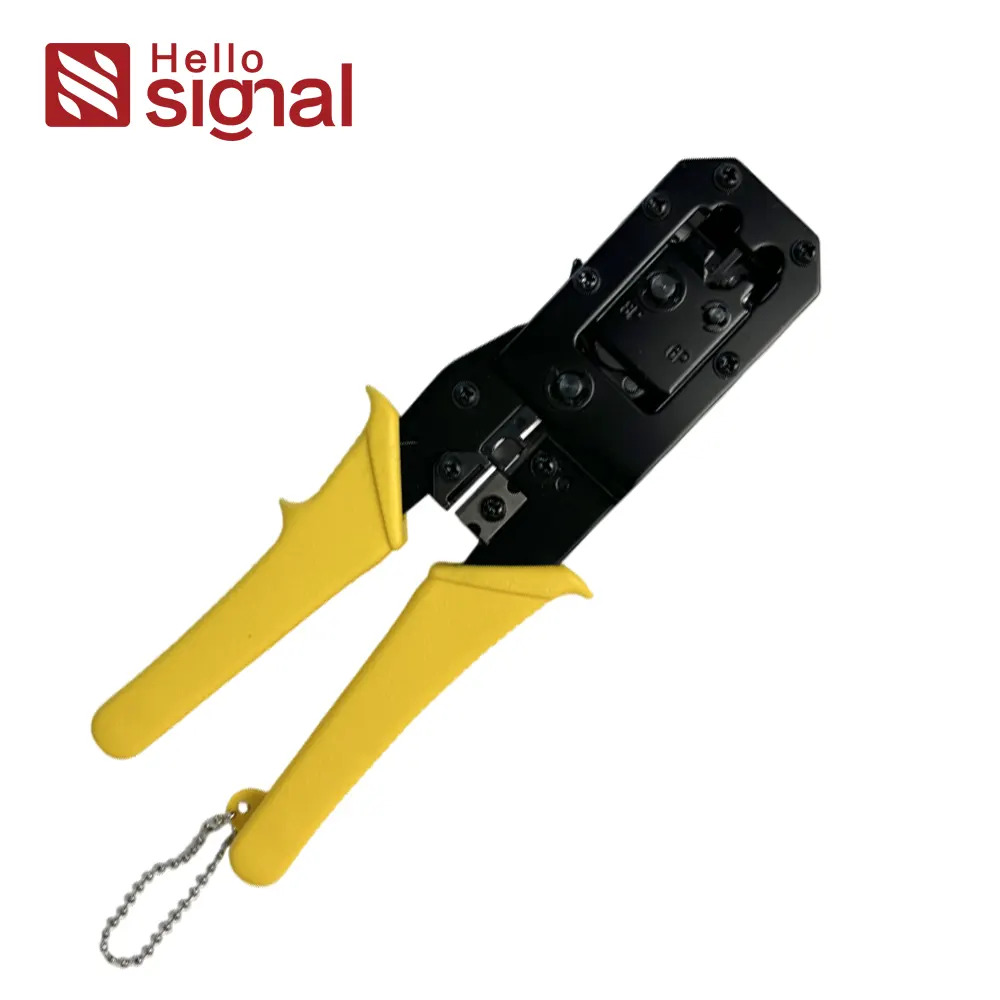 | ZCCS002-Y | A standard tool for crimping both RJ-11 and RJ-45 connectors (6P and 8P). Best mentioned in the "Crimping Tool" section as the go-to tool for general use. | |
 | ZCCS003-B | Modular Crimps Strips & Cuts Tool 6P+8P – EZ / End Pass Through | Ideal for EZ or pass-through type modular plugs. Recommended in the "Crimping Procedure" section for users needing quick and efficient terminations. |
 | ZCCS003-YB | A versatile tool that supports 4P, 6P, and 8P connectors, making it ideal for users handling both telephone and Ethernet applications. Useful to list as an alternative option. | |
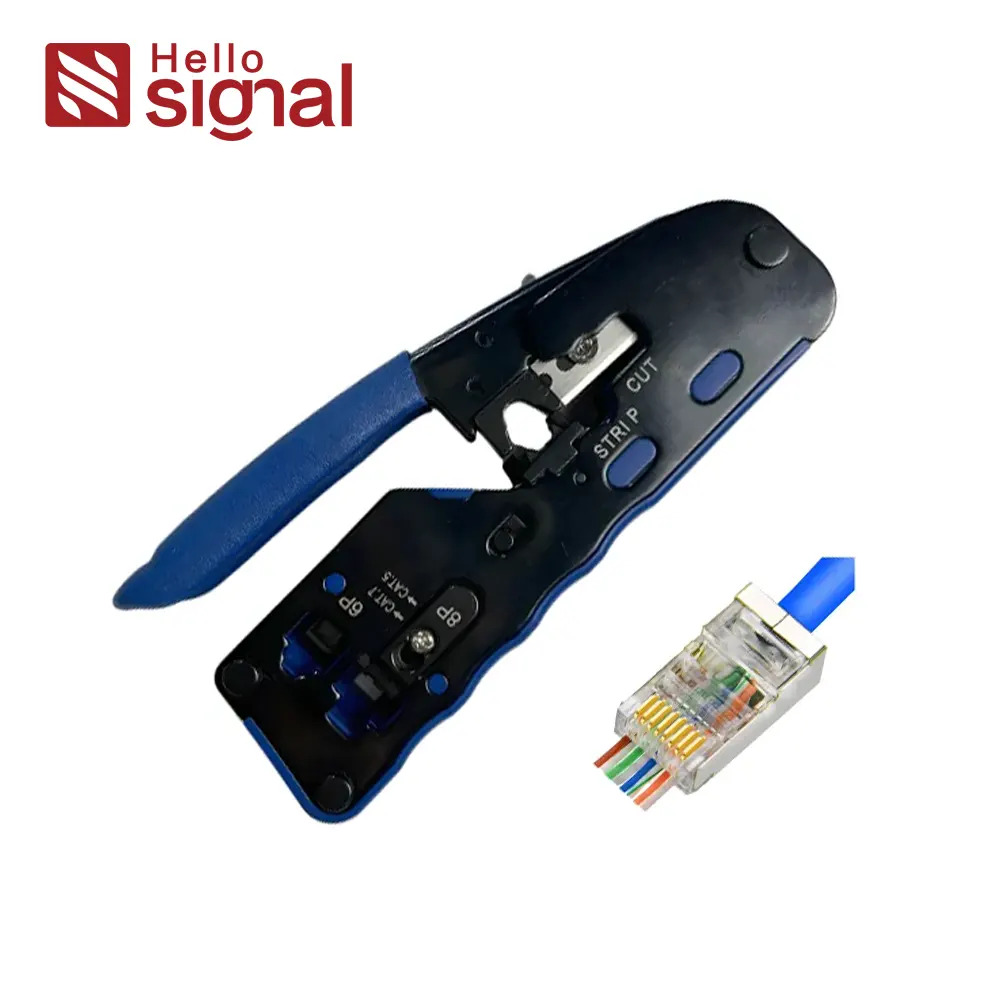 | ZCMPCT001-BBE | A professional-grade crimping tool designed specifically for EZ connectors. Include it where advanced or high-performance tools are introduced. | |
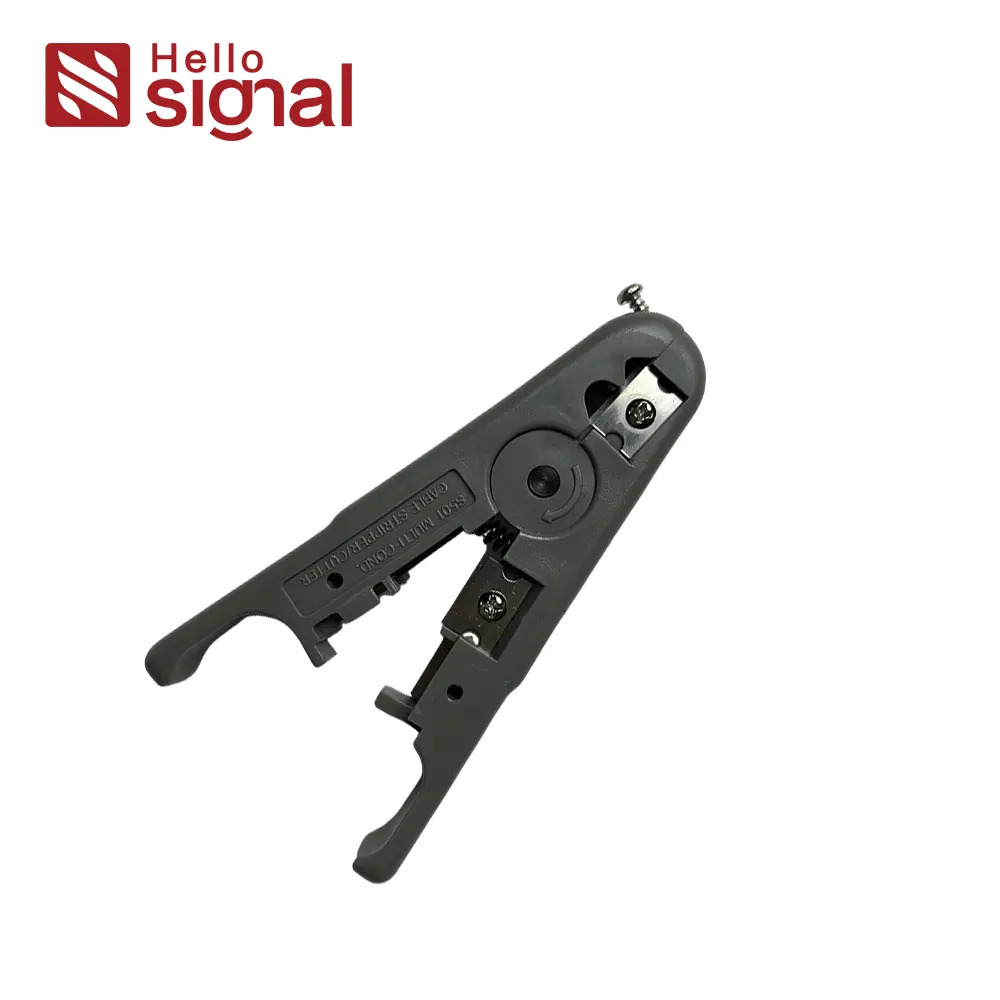 | ZCWST001-G | Wire Stripper Tool – UTP/STP Cable Stripper for Round or Flat Cable | Perfect for stripping UTP/STP jackets without damaging inner conductors. Add it to the “Cable Jacket Stripping” section as a recommended alternative to basic strippers. |
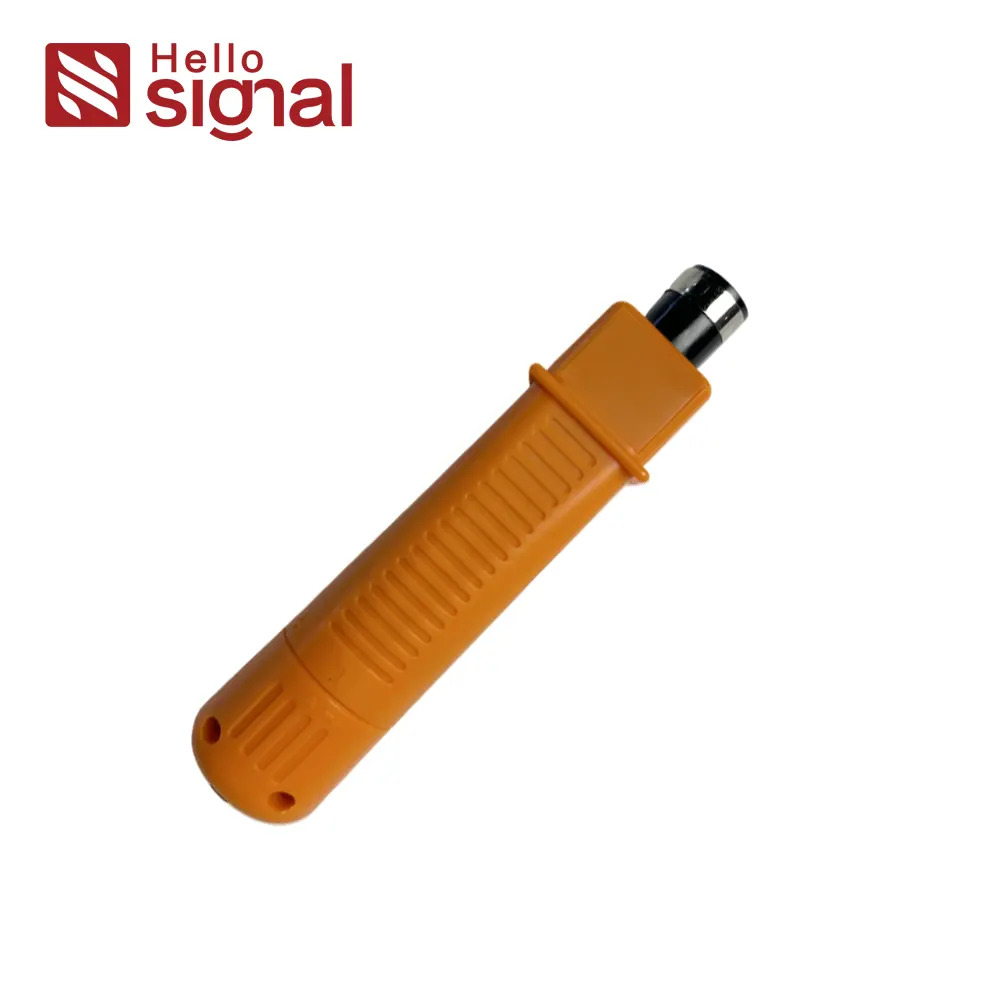 | ZCPDT001-O | Ideal for terminating wires on patch panels and telephone blocks. Mention in a “Related Tools” or supplementary section on termination hardware. | |
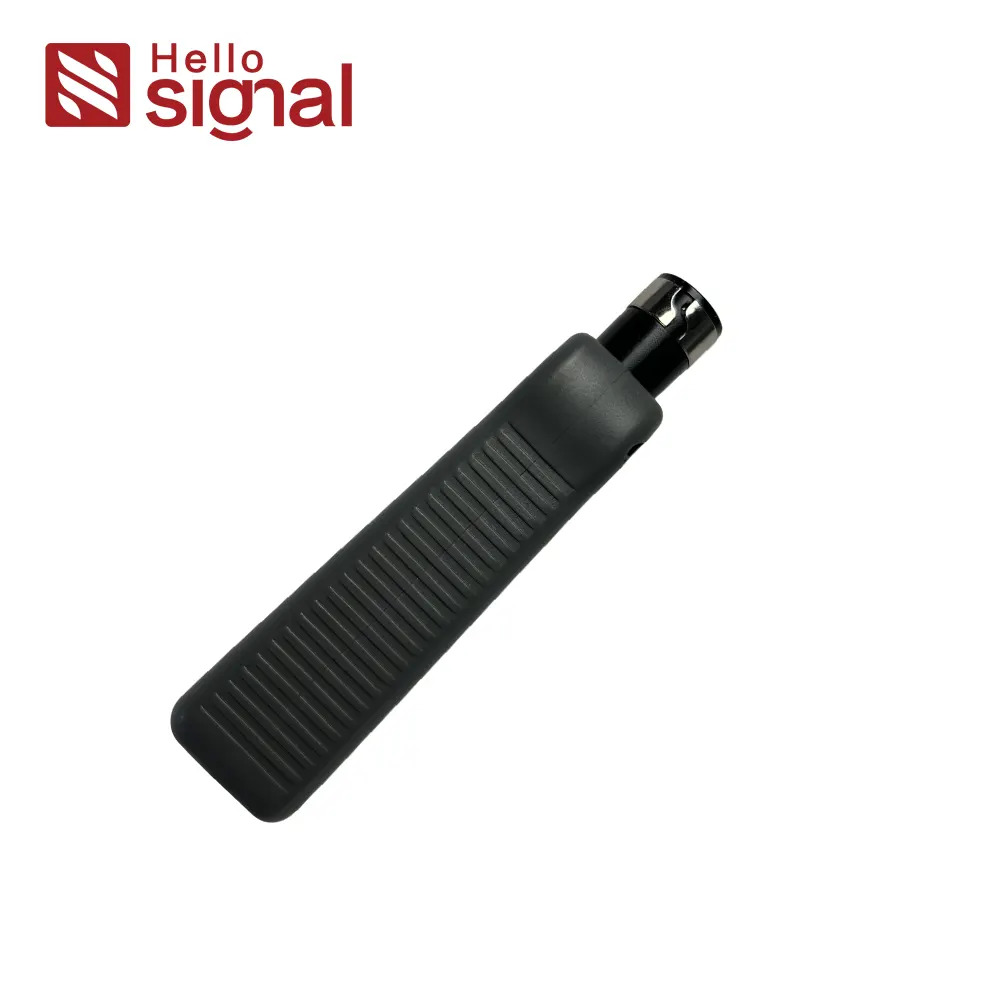 | ZCPDT002-G | Useful for structured cabling and wall jack terminations. Can be inserted in an extended section about keystone jacks or wall plate installation. |
The use of connectors on twisted-pair cables is a well-known fundamental skill in welder. Thanks to the right tools, thorough wires arrangement, and carefulness, you will get properly made patch cords of wired connection for voice data. Checking the final cable performance will identify potential problems long before your tasks are completed.
Contact us for more information

Will is the Copper Cabling Product Manager at Zion Communication,
specializing in the development and marketing of Ethernet cabling solutions.
With extensive industry experience, he is dedicated to delivering high-performance
and reliable cabling products to OEM/ODM clients worldwide.
will@zion-communication.com
+86 -18268007201
